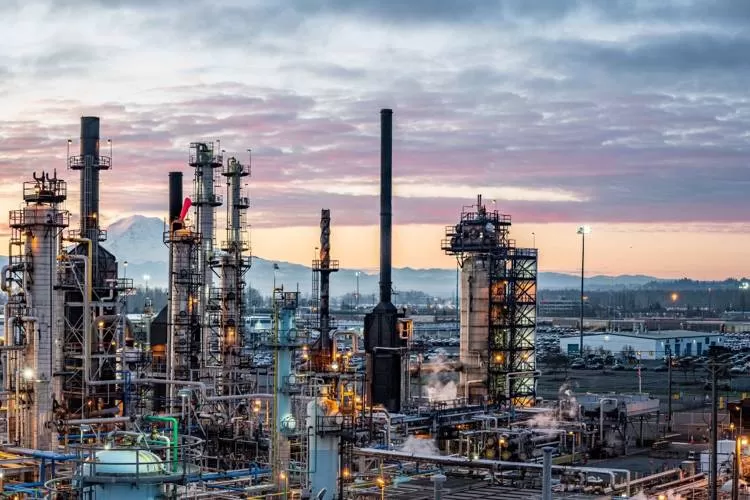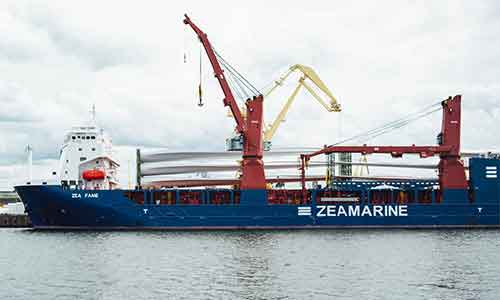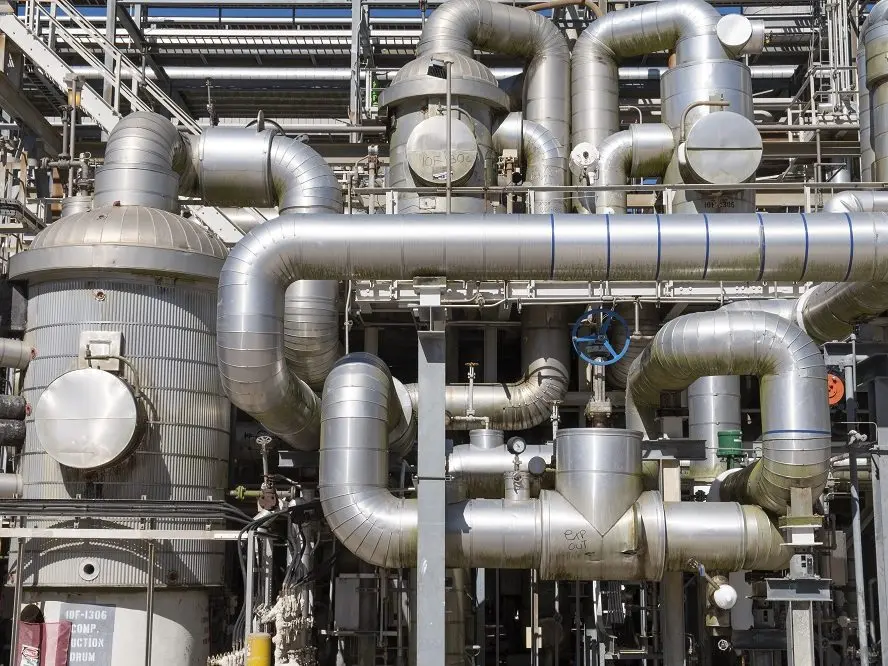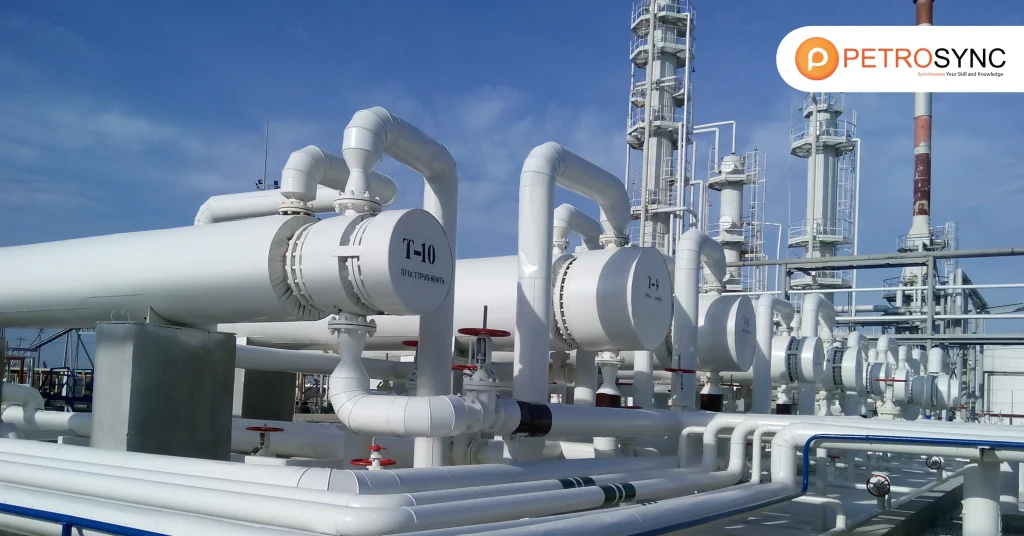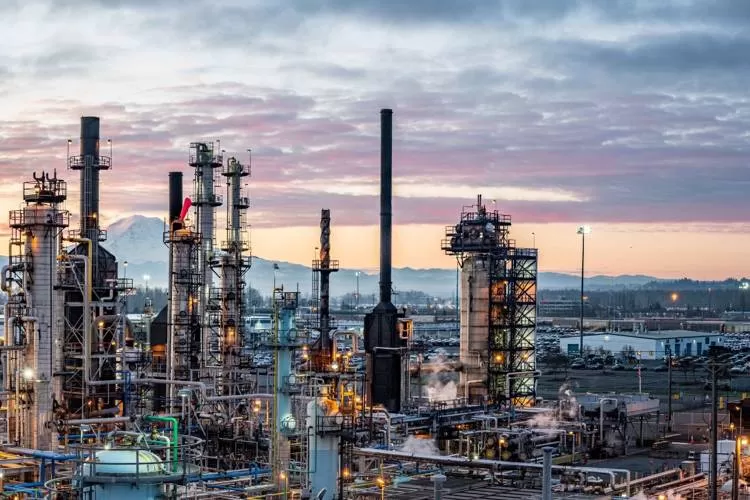Understanding Condenser Efficiency
Condenser efficiency calculation is a critical aspect that impacts the overall performance of condensing systems used in various industries. Efficiency metrics play a significant role in ensuring that condensers perform optimally by determining the effectiveness of heat transfer and energy usage.
What is Condenser Efficiency?
Condenser efficiency can be defined as the ratio of the heat removed by the condenser to the total energy input required to operate it. The thermal efficiency of condensers is a vital parameter in assessing their performance, typically influenced by factors such as design, operational conditions, and maintenance practices.
Factors Affecting Condenser Performance
Several factors impact condenser performance metrics and have a direct effect on their efficiency. These include the type of condenser used, the methods adopted for heat transfer, and the working environment. To calculate condenser efficiency, one must consider various technical parameters and employ accurate condenser efficiency formulas to obtain reliable results.
Types of Condensers
There are various types of condensers, each offering unique attributes and efficiency levels. Examples include air-cooled, water-cooled, and evaporative condensers. Understanding the distinct features and condensing efficiency calculation methods for each type aids in optimizing performance and improving condenser efficiency.
Enhancing Condenser Efficiency
Improving condenser efficiency involves a comprehensive understanding of the system's operational dynamics and the adoption of innovative technologies. Our cutting-edge Stainless Steel Brazing technology is a transformative solution for the industrial sector. By employing high-strength, corrosion-resistant joins, this technology ensures that heat exchangers and other critical components operate effectively in demanding environments.
Applications of Stainless Steel Brazing
Stainless steel brazing is essential in several industry sectors, including HVAC, automotive, aerospace, energy, and electronics. It significantly contributes to manufacturing durable heat exchangers, EGR coolers, exhaust systems, fuel lines, turbine components, solar collectors, and electronic equipment. This versatility ensures that our technology meets diverse production needs while maintaining high-performance standards.
Conclusion
In summary, understanding and improving the efficiency of condensers is fundamental for optimizing their performance in different applications. With innovative solutions such as Stainless Steel Brazing technology, it is possible to achieve higher heat transfer efficiency, thus enhancing the overall performance and reliability of condensers across various industries.

